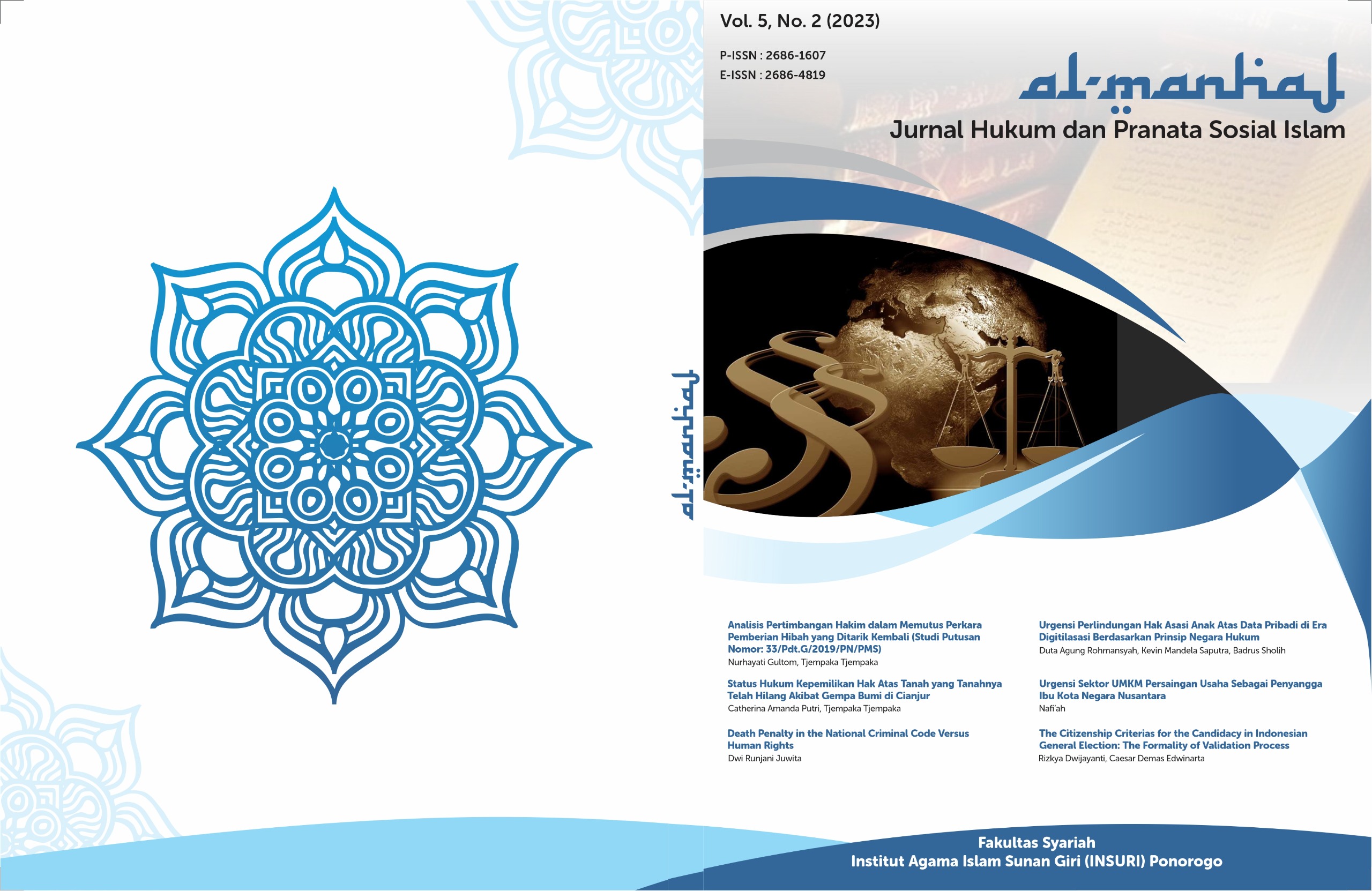Peran E-Commerce Sebagai Strategi Pengembangan Bisnis Tas Anyaman Untuk Meningkatkan Daya Saing
##plugins.themes.academic_pro.article.main##
Abstract
This research aims to identify capabilities and to formulate strategies for the role of e-commerce in developing the woven bag business in order to increase competitiveness. In this study, the problem is that when the market declines, sales of these woven bags do not sell immediately. The population in this study were 5 woven bag craftsmen in the Sambit Ponorogo sub-district. The method used in this research is qualitative with data collection techniques through interviews. The interviews in this research were conducted with the owners of woven bag businesses located in Sambit sub-district. The analysis technique is by using SWOT analysis. The research results show that this woven bag is a local Ponorogo product which has quite large potential if developed. Increasing aspects of production, personnel, marketing, capital, business management and organization are very important aspects in the management of woven bag business development. Meanwhile, from the social and cultural as well as technological aspects, it is an aspect that can be an opportunity for the development of the woven bag business. Regarding marketing, to be competitive with similar businesses, it is necessary to pay attention to several production factors, labor, marketing, capital, and management of the woven bag craft business. Meanwhile, political, regulatory, social and cultural aspects can create opportunities to develop the woven bag business using technology.
##plugins.themes.academic_pro.article.details##
References
-
Cichocka, A. (2016). Understanding defensive and secure in-group positivity: The role of collective narcissism. European Review of Social Psychology, 27(1), 283–317.
Hidayat, R., & Khalika, N. N. (2019). Bisnis dan Kontroversi Gerakan Indonesia Tanpa Pacaran. Retrieved October 17, 2019, from tirto.id website: https://tirto.id/bisnis-dan-kontroversi-gerakan-indonesia-tanpa-pacaran-cK25
Ikhwan, M. (2019). Ulama dan Konservatisme Islam Publik di Bandung: Islam, Politik Identitas, dan Tantangan Relasi Horizontal. In I. Burdah, N. Kailani, & M. Ikhwan (Eds.), Ulama, Politik, dan Narasi Kebangsaan. Yogyakarta: PusPIDeP.
Kamba, M. N. (2018). Kids Zaman Now Menemukan Kembali Islam. Tangerang Selatan: Pustaka IIMaN.
Madjid, N. (2002). Manusia Modern Mendamba Allah: Renungan Tasawuf Positif. Jakarta: IIMaN & Hikmah.
Marchlewska, M., Cichocka, A., Łozowski, F., Górska, P., & Winiewski, M. (2019). In search of an imaginary enemy: Catholic collective narcissism and the endorsement of gender conspiracy beliefs. The Journal of Social Psychology, 159(6), 766--779.
Miller, A. E., & Josephs, L. (2009). Whiteness as pathological narcissism. Contemporary Psychoanalysis, 45(1), 93–119.
Rakhmat, J. (1989). Islam Alternatif. Bandung: Mizan

